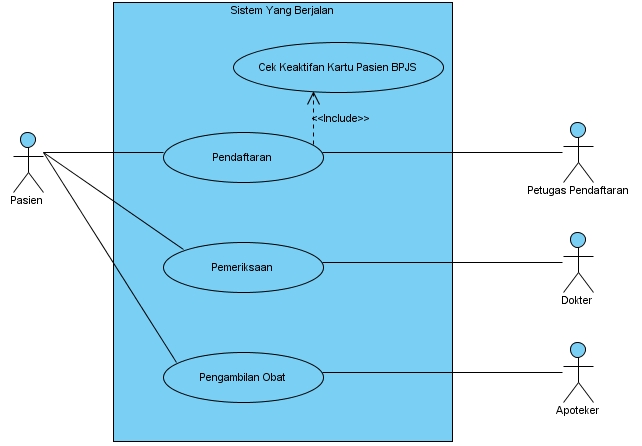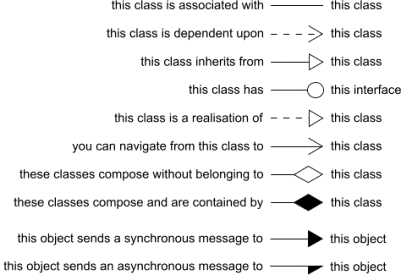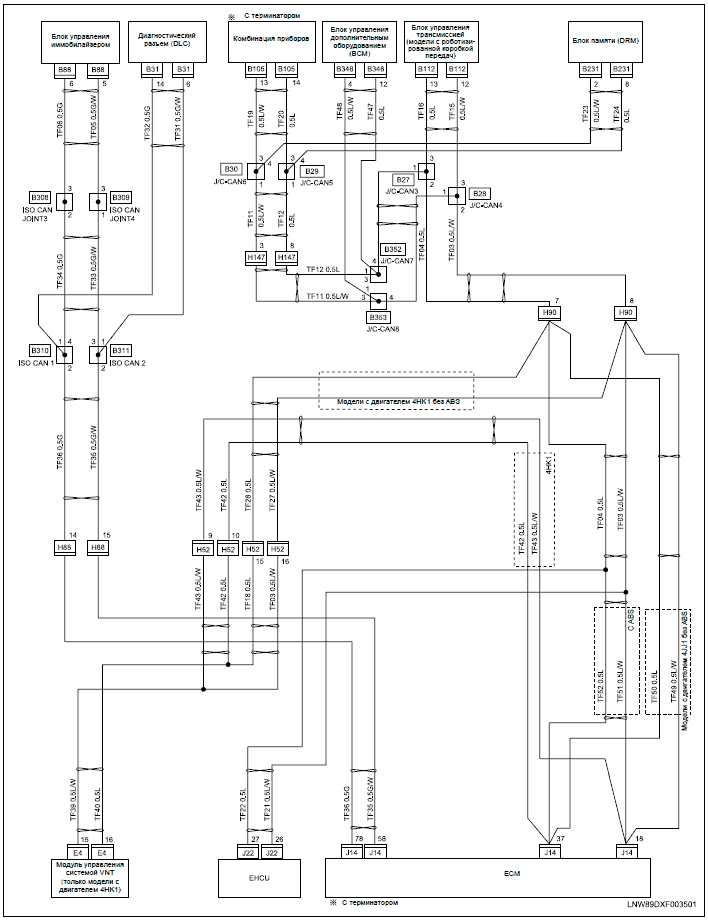
- #STARUML USE CASE DIAGRAM ARROW LINE NOT FOUND CODE#
- #STARUML USE CASE DIAGRAM ARROW LINE NOT FOUND PLUS#
It is represented by a dashed arrow in the direction of the included use case with the notation >. Include relationship: The use case is mandatory and part of the base use case. It is represented by a dashed arrow in the direction of the base use case with the notation >. Unlike a collaboration diagram, a sequence diagram includes chronological sequences, but does not include object relationships. To represent complex relationships between different use cases, we can use the extend and include relationships.Įxtend relationship: The use case is optional and comes after the base use case. The use cases are functions performed by the actors interacting with the system. UML Use Case Diagrams can be used to describe the functionality of a system in a horizontal way. The actors are users or systems that interact with the main system and are represented by figures. A directed association is displayed as a solid line with an arrow that indicates the direction of navigation. You can, however, name any association to describe the nature of the relationship between the two classifiers. The system is represented by a box encompassing the use cases. If you use association end names, you do not typically need to name an association.
#STARUML USE CASE DIAGRAM ARROW LINE NOT FOUND CODE#
SU can also reverse engineer Java source/byte code to produce the corresponding UML diagrams. The use case diagram displays three kinds of entities: the system, the actors, and the use cases. StarUML StarUML (SU) is a tool to create UML class diagrams and automatically generate Java 'stub code'.

A use case diagram can be made for a general scenario or multiple scenarios that encapsulate the system’s functioning. Multiplicity is displayed as a range of non-negative values, with a star ( *) on the maximum side representing infinite.A UML use case diagram summarizes the interactions between a system and its users. In UML, associations are represented as lines connecting the classes participating in the relationship, and can also show the role and the multiplicity of each of the participants. What do you dislike about StarUML It is not always clear who benefits from a UML diagram.


#STARUML USE CASE DIAGRAM ARROW LINE NOT FOUND PLUS#
Each end of the association also has a multiplicity value, which dictates how many objects on this side of the association can relate to one object on the other side. In Star UML (and other UML Tools) classes can appear in more than one diagram so you can include all the classes from one package plus the classes from a differnt packages public interface. It describes the connection between different classes (the connection between the actual objects is called object connection, or link.Īssociations can have a role that specifies the purpose of the association and can be uni- or bidirectional (indicates if the two objects participating in the relationship can send messages to the other, of if only one of them knows about the other). If it has an arrow it should point from an initiator of the interaction to an activated element so for an initiating actor the arrow will be from the actor to the use case while for a secondary actor the direction will be opposite, from the UC to the actor. An association represents a relationship between classes, and gives the common semantics and structure for many types of “ connections” between objects.Īssociations are the mechanism that allows objects to communicate to each other.


 0 kommentar(er)
0 kommentar(er)
